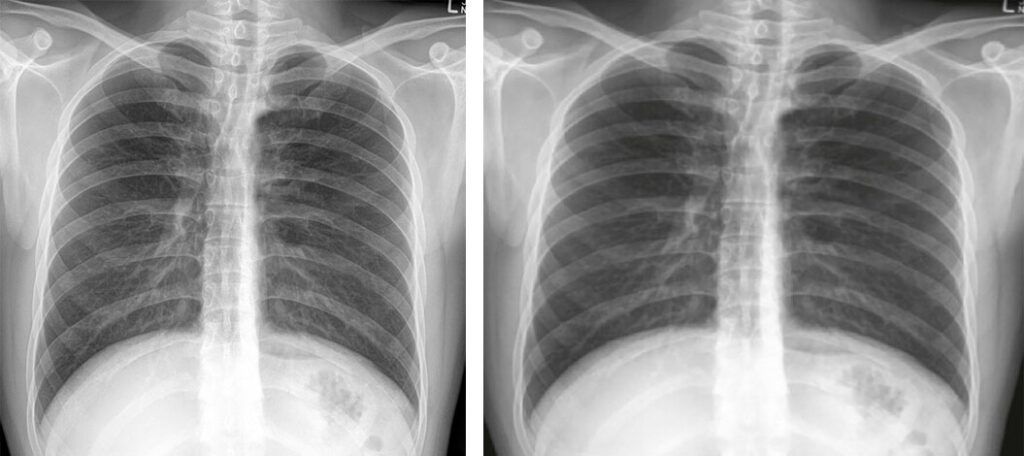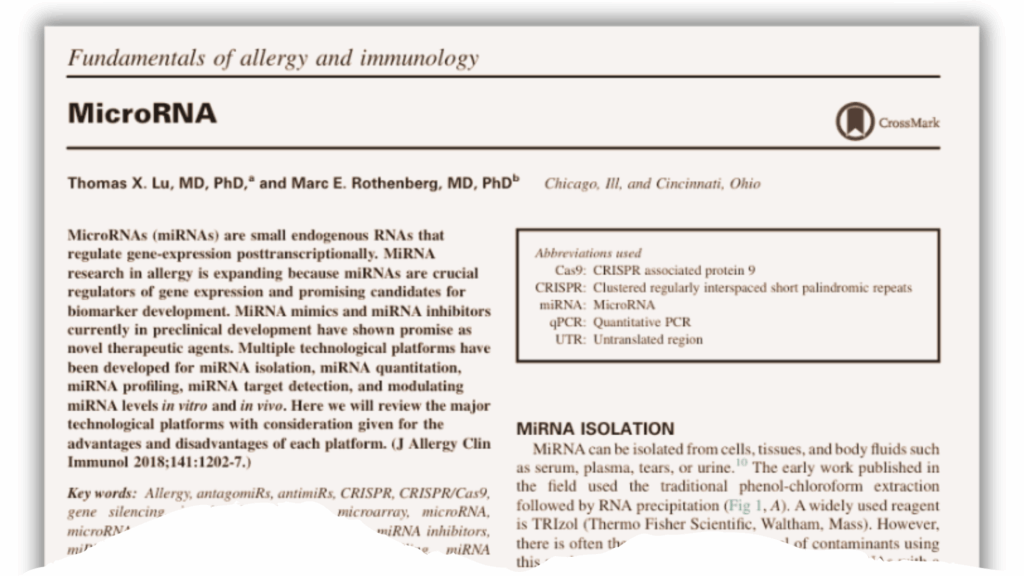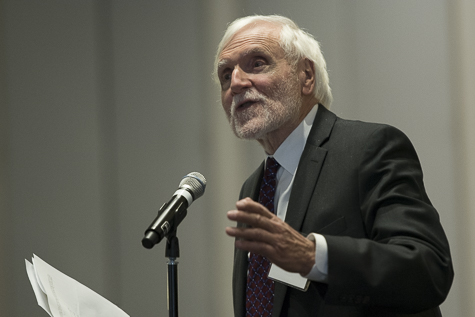
Easy fixes for complex health problems can be tempting — but they rarely pan out. That seems to be the case for the investigators on one clinical trial who claimed consuming apple cider vinegar caused obese teens and young adults to lose weight.
Their article appeared in March 2024 in BMJ Nutrition, Prevention & Health. The journal is retracting the paper “because the authors’ analyses could not be replicated and multiple errors were identified,” according to the retraction notice.
The retraction, dated September 23, comes more than a year after sleuths pointed out some of these errors and other problems with the analysis.
Continue reading Study on apple cider vinegar for weight loss retracted after many raise concerns






